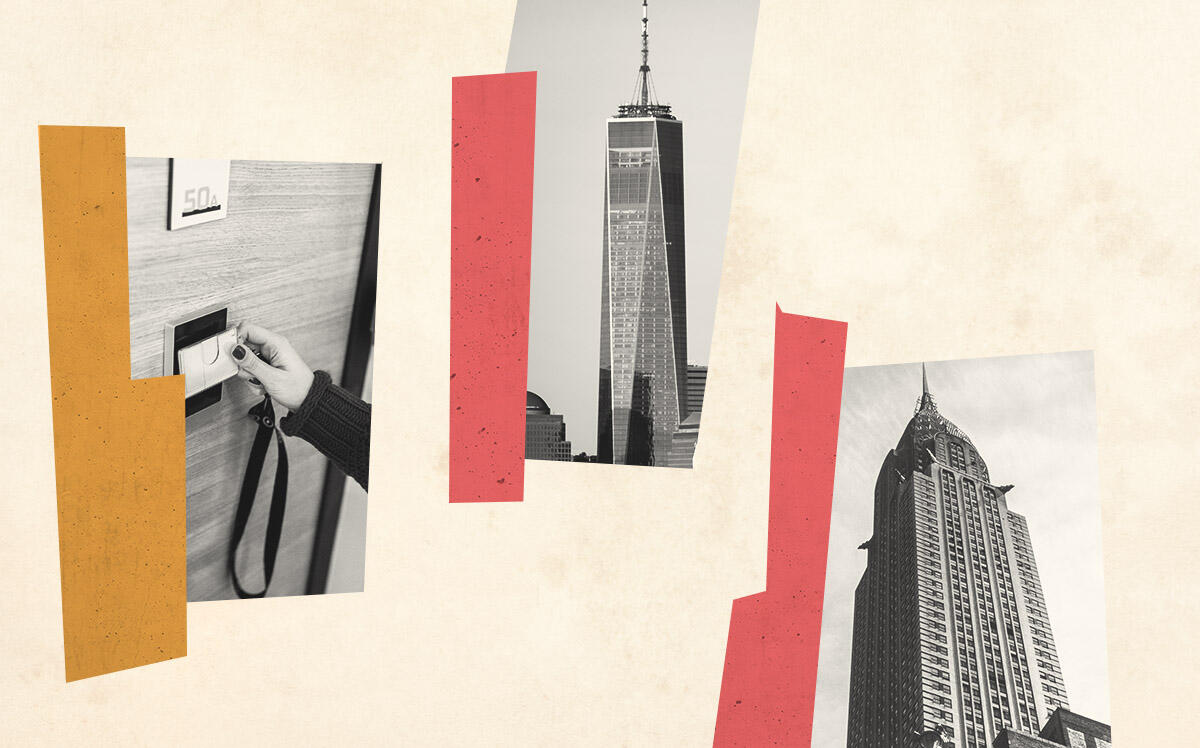 Office occupancy stalls after Labor Day push
Office occupancy stalls after Labor Day push
Trending
Not the king of this Kastle: RE bigwigs challenge popular office occupancy metric
Portfolios of office giants SL Green and Tishman Speyer among skipped properties

Reports seeking to gauge offices’ pandemic recovery with data on workers’ journies back to their cubicles have often relied on card swipe data from Kastle Systems’ “Back-to-Work Barometer.”
But New York real estate insiders now claim Kastle’s findings miss hundreds of New York skyscrapers that draw the city’s highest attendance rates, the New York Post reported. Their claim hinges on Kastle’s model, which only tallies entry swipes at the 200 Class-A Manhattan office buildings paying for its security services.
Among the neglected properties are buildings owned or managed by the city’s top two commercial landlords: SL Green and Vornado Realty Trust.
It also omits card counts in office properties owned by Tishman Speyer, Rudin Management, Silverstein Properties, Brookfield Property Partners, Boston Properties, Related Companies and Rockefeller Group.
On a building level, the tracker fails to consider visits to the World Trade Center, Hudson Yards or Manhattan West. The Empire State Building, One Vanderbilt and One Bryant Park are also omitted. And 55 Water Street, home of the city’s largest single office location at 3.5 million square feet is left out, as well.
In total, the properties missed by Kastle make up more than one-third of the city’s 450 million square feet of office space and two-thirds of the city’s premier office space.
That gap amounts to, “a huge lack of accuracy in their data in this market,” JLL regional CEO Peter Riguardi told the Post.
Read more
 Office occupancy stalls after Labor Day push
Office occupancy stalls after Labor Day push
 Office workers in major cities reach pandemic-best return rates
Office workers in major cities reach pandemic-best return rates
 Manhattan office leasing jumps as availability and rents drop
Manhattan office leasing jumps as availability and rents drop
Kastle cannot be “considered a definitive source for Manhattan office occupancy,” CEO of CBRE’s tristate region Mary Ann Tighe said. The platform pulls data from Class A and B properties, and the lower tier is likely weighing down the picture, as more highly amenitized buildings have had an easier time calling workers back.
The swipe system also fails to count six towers owned by financial-services users, including the JP Morgan Chase headquarters at 383 Madison Ave.
“Any building serving the financial service industry has strong in-person attendance,” Tighe said.
Given those blind spots, Kastle counts a lower overall occupancy rate than business-advocacy organization Partnership for New York City and figures shared by Related.
While Kastle reported occupancy of 47.8 percent, up from 43.8 percent last week, the Partnership for New York City’s latest reflected an average weekly occupancy of 50 percent.
Related said its Hudson Yards towers have averaged 60 percent occupancy since last summer and the Seagram Building has notched 75 percent, not including Friday attendance figures.
Kastle declined to reveal which buildings it counts, on the basis of client confidentiality. However, the firm did not dispute the list of untracked buildings compiled by the Post.
A spokesperson for the firm said it is “confident that the Barometer represents an accurate view of return-to-office trends,” as Kastle can “extrapolate” its data to the “larger picture.”
— Suzannah Cavanaugh




